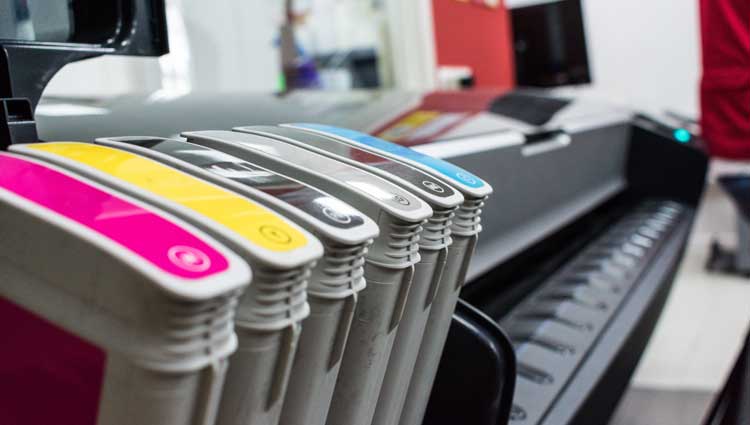
| Quick Checklist | |
Don’t forget to:
Your Mailing List
|
|
When it comes to print production and direct mail, there are a lot of moving parts to track. That’s why we’ve created this comprehensive checklist to help with your projects.
Some of the items are in your direct control, some are not, and some can be gently nudged to go the way you need.
The bottom line is this: You can streamline the timeline of any deadline-driven project by planning ahead. And whether it’s a holiday message (Thanksgiving and year-end mailers) or a legacy society event, give yourself an additional week or two on top of any deadlines you have. This will help keep expectations in check.
Read this entire checklist before your next project, and keep it bookmarked. Although not every point will apply to you, you’ll find yourself coming back to it time and again for those that do.
Before you begin your project, choose your printer and mail shop, find out how much postage is, and get that postage check cut in advance. Print shops and mail houses will hold your mailing unless they have the funds in place. If you haven’t paid, others’ projects may be moved up in the print que, pushing yours even farther behind. If you are working with us, we’ve reserved the pint shop. All we’ll need is the check for postage. |
Remember… once you sign off, all typographical errors are your responsibility. If you continue editing, there will be fees for author’s alterations, and you will likely miss your deadline. Never take the risk of rushing a print job with a print shop. Mistakes happen at their end, too.

Hands-on, in-the-trenches experience designed to equip you with strategies and skills for success. Choose the one that fits your goals—or take both for maximum results. It’s intense, effective, and built for leaders like you.
Related
800.490-7090
484.680.7800 local
Succeed@MajorGifts.com
Stay Informed!
Webinars, free downloads, tax law changes, more. Subscribe today. You can unsubscribe at anytime.
Copyright 2024 © PlannedGiving.Com
Stay informed with timely news. You can unsubscribe at any time.
Success List